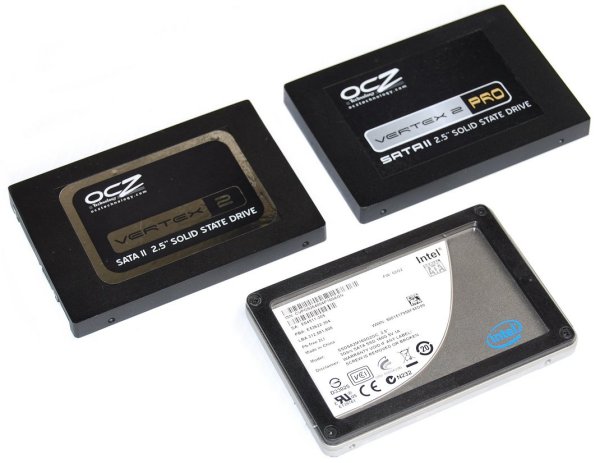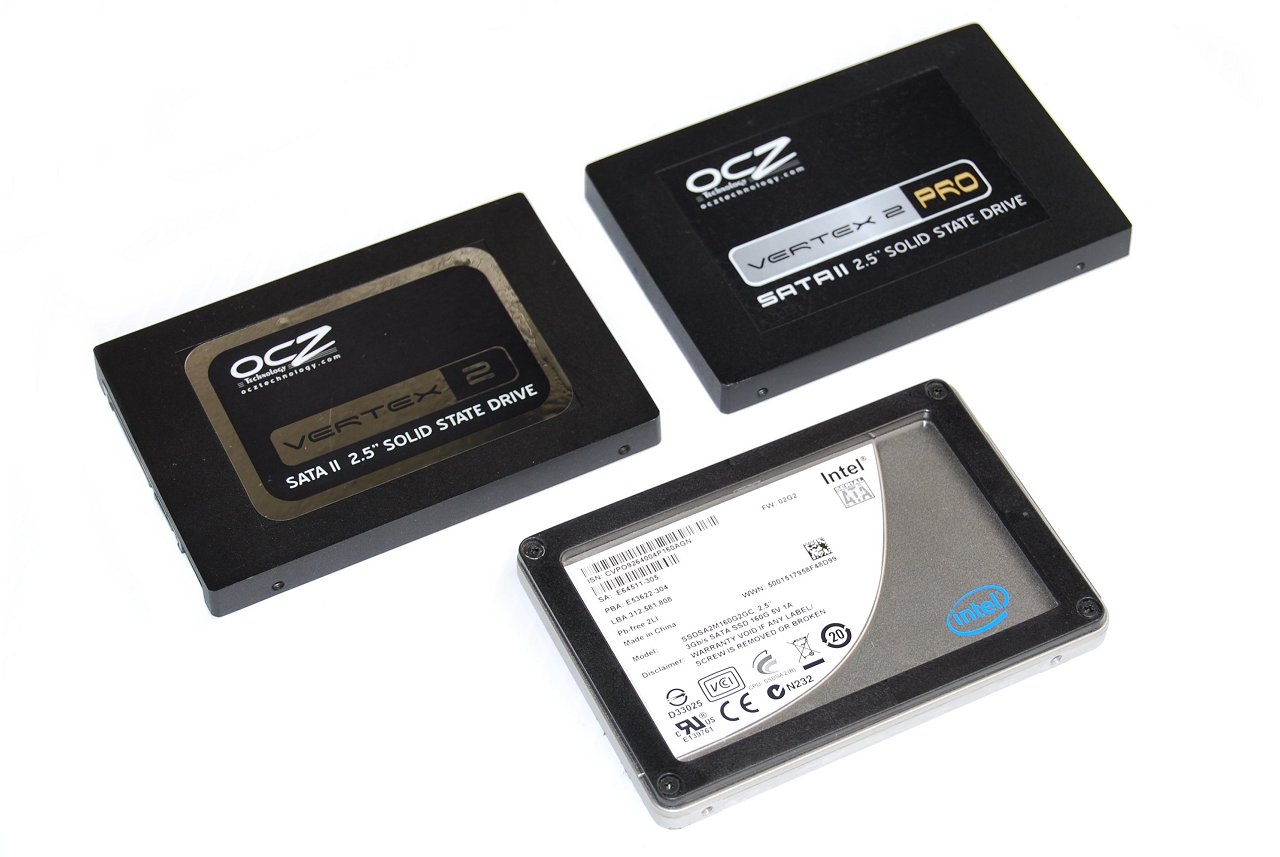Final Thoughts
Given what we had already seen from the previous Sandforce-based SSDs, the Vertex 2 was never going to disappoint in terms of performance. However taking into account OCZ's current pricing strategy and the sequential and IOPS (Input/Output Operations Per Second) specs they had posted for this drive, we were expecting a little more out of the Vertex 2.
OCZ's suggested retail price for the Vertex 2 100GB is $400, while the Vertex LE is currently selling for $360 offering the same capacity, albeit for limited time while supplies last. Then we have the original Vertex, which costs $340 in 120GB capacities.
Looking at our file transfer tests there was little difference between the Vertex and the Vertex 2 for the most part. At best we found the Vertex 2 to be 12% faster, which is a nice performance bump but not enough to warrant the more dramatic hike in price, not to mention the loss in storage space. It is in the small random read and write tests where the Vertex 2 shows its superiority. The random 512KB test in CrystalDiskMark 3.0 showed the Vertex 2 delivering 19% faster read performance, and about 6% greater write performance. Then the 4KB threaded performance blows the door wide open, where the Vertex 2 is up to ten times faster.

When compared to the popular Intel X25-M, the Vertex 2 is certainly more costly, with a higher price per gigabyte, but you also get a similar increase in performance. The biggest momentum killer for the Vertex 2 and other SandForce-based SSD drives is the memory that must be set aside for the DuraWrite technology. This is by far the largest factor affecting the cost per gigabyte rate of these new drives.
As a result, the Intel X25-M currently costs around $2.81/GB and the original Vertex about $2.83/GB. Meanwhile, the new Vertex 2 will cost a staggering $4.00 per gigabyte if the list price of $399 holds still.
Another big question mark over the Vertex 2 and other SandForce SSDs is reliability. In fact, we are still a little dubious regarding SSD reliability in general, and with good reason. The original Vertex 120GB drive that we were given for testing died after 3 months of use and took all the data stored on it to the grave. The Vertex LE 100GB drive that we reviewed just 2 months ago has also died, which is a little troubling.
Both SSDs were tested under harsher conditions than most will ever be put through as we often filled every last sector for testing purposes. Still, to kill the drives in such a short period of time was very unexpected. Granted, these were both early production samples, but we don't believe they were that much different from the SSDs that eventually shipped to stores.
It should be worth noting that we still have our original first generation 80GB Intel X25-M SSD, which has been in use for almost 2 years now. That same level of reliability has been seen with our second generation 160GB Intel X25-M SSD so far, but it's only been in use for a few months. Therefore, we are keen to see how the Vertex 2 holds up over the coming months and years to come. Those cautious about where they invest their hard earned cash would be wise to wait and see how the Vertex 2 plays out, and of course this goes for any solid-state drive based on the new SandForce controllers.
Bottom-line, the new Vertex 2 has proven to deliver top notch performance, but we are hoping improvements can be made on the pricing side soon, while we'd also be careful about the reliability of the drives at least until things settle down with SandForce drives shipping in more massive quantities.
